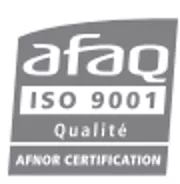Introduction
airinspace’s HEPA MD® airborne elimination technology has become the benchmark in bone marrow transplant units. It has been internationally validated by numerous independent laboratories. It has been selected by most university hospitals in France, in particular to prevent infections in immunocompromised patients in haematology, bone marrow and solid organ transplant units or ICU.
Originally developed for air treatment in MIR and ISS space stations, the HEPA-MD® elimination technology was patented by airinspace and applied to the specific requirements of the hospital environment:
- The only technology offering demonstrated protection of immunocompromised patients from the risk of invasive aspergillosis (Gerlinger study, 2016)
- Destruction of microorganisms (bacteria, viruses, yeasts, fungi and spores)
- Limited proliferation of filamentous fungi
- Retention of particles and Volatile Organic Compounds (VOC)
- Reduction in the ozone level
At the heart of the HEPA-MD® airborne disinfection technology
The HEPA-MD® reactor developed by airinspace combines the effectiveness of 4 air handling technologies on a number of levels:
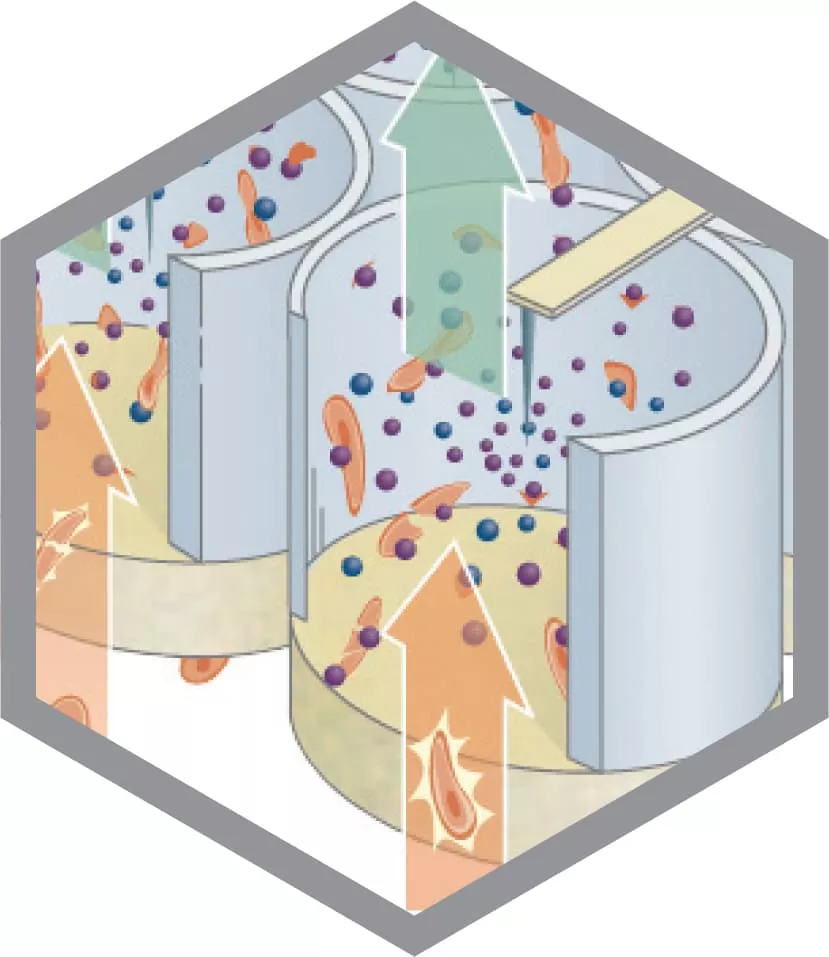
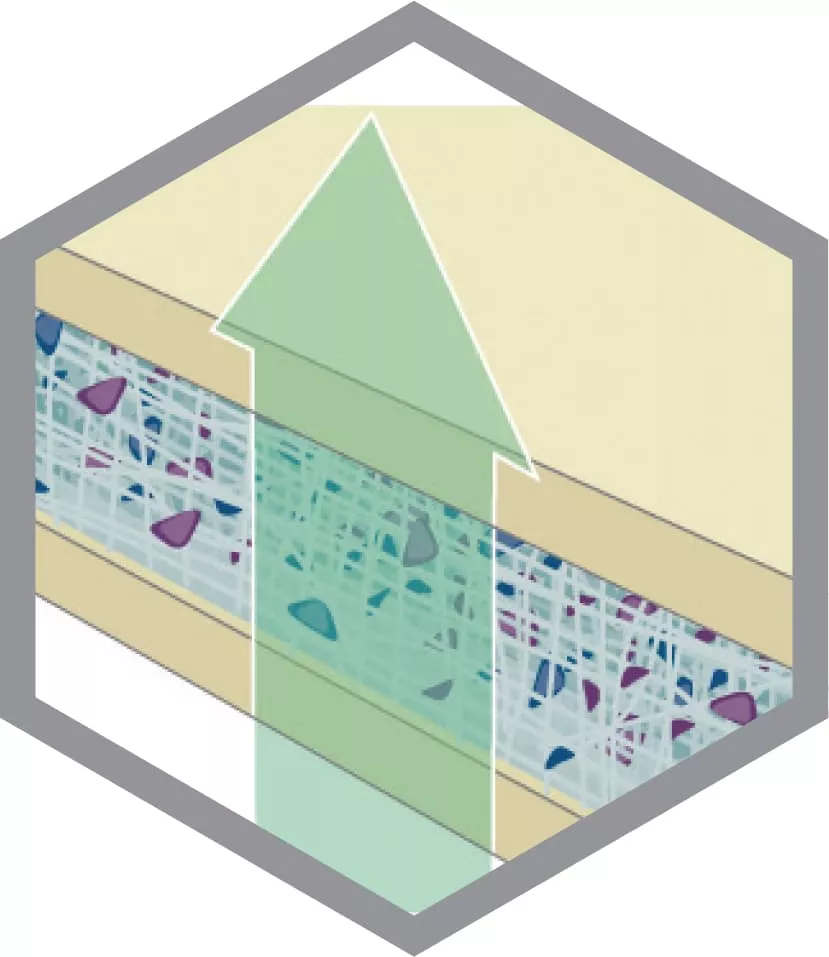
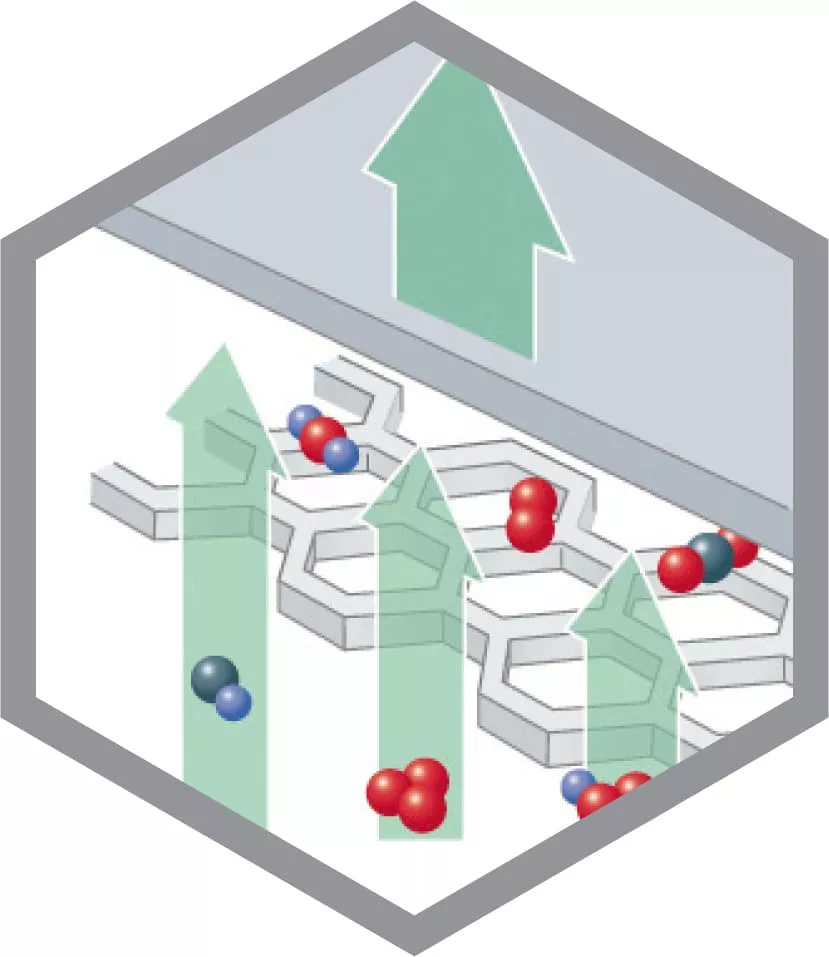
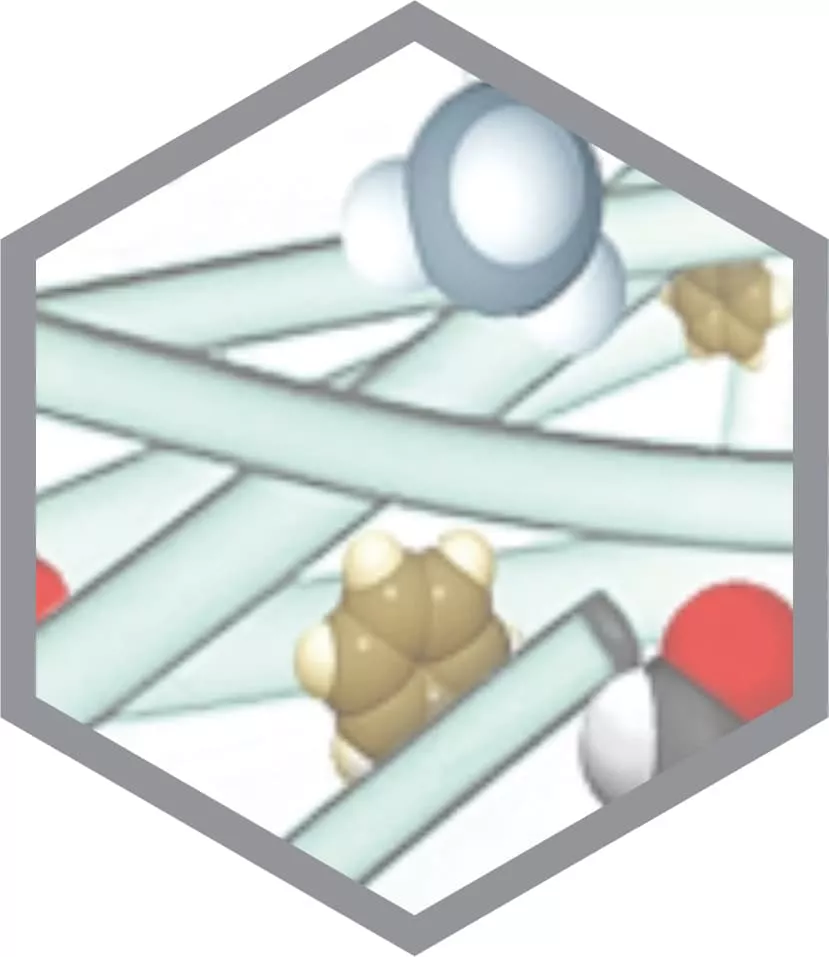
6 good reasons to protect your patients with HEPA-MD® Technology
- Broad-spectrum effectiveness: destruction of microorganisms, including filamentous fungi, and retention of chemical compounds and particles
- No build-up of microorganisms in the HEPA filter
- H14/U15 HEPA filters inspected one by one at the end of the manufacturing process in accordance with standard EN 1822 and tracking by serial number
- No release of toxic compounds
- Removal of unpleasant odours
- Low energy consumption
Our air purifiers with HEPA-MD® technology
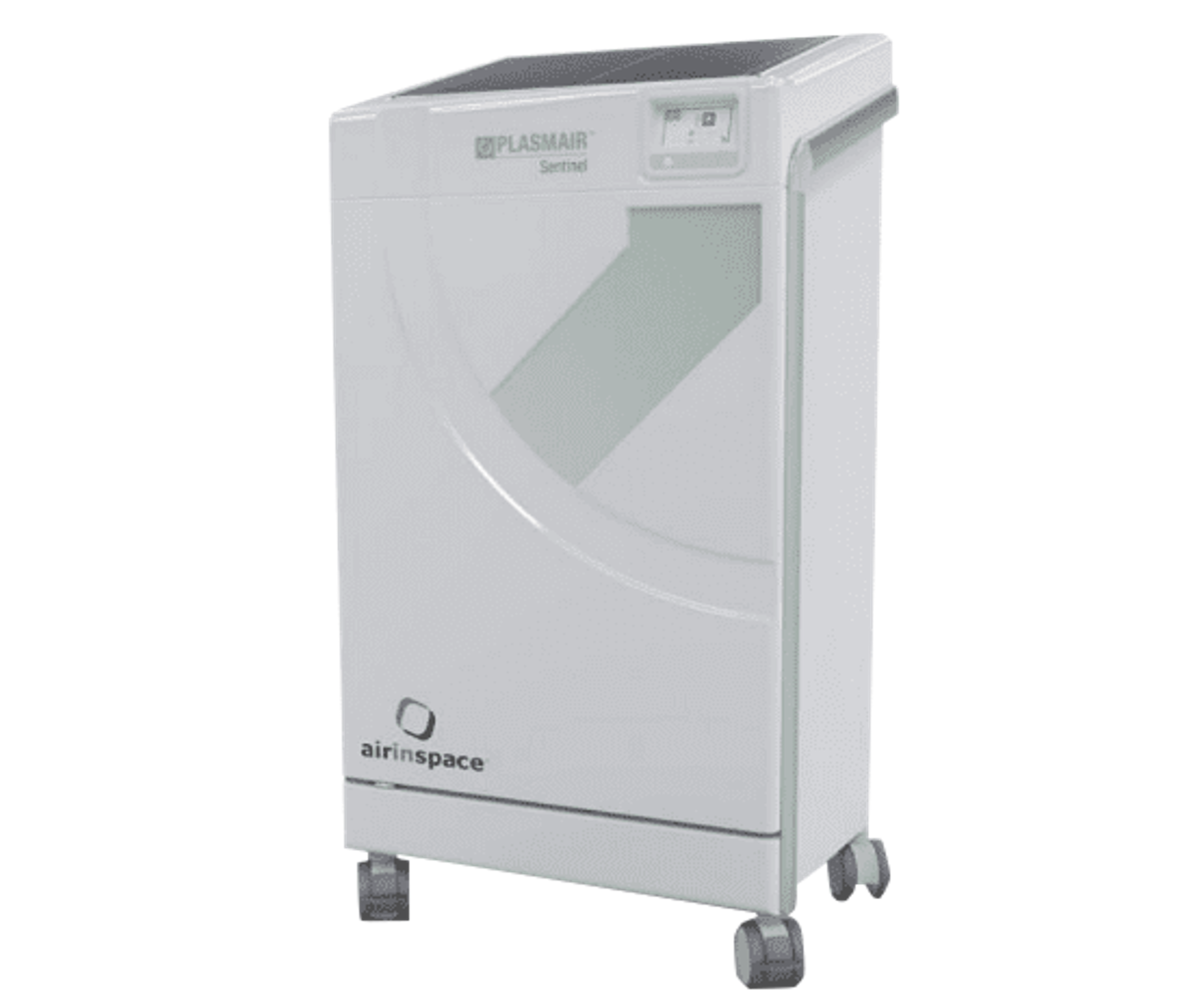
The even quieter HEPA-MD® mobile air decontamination unit
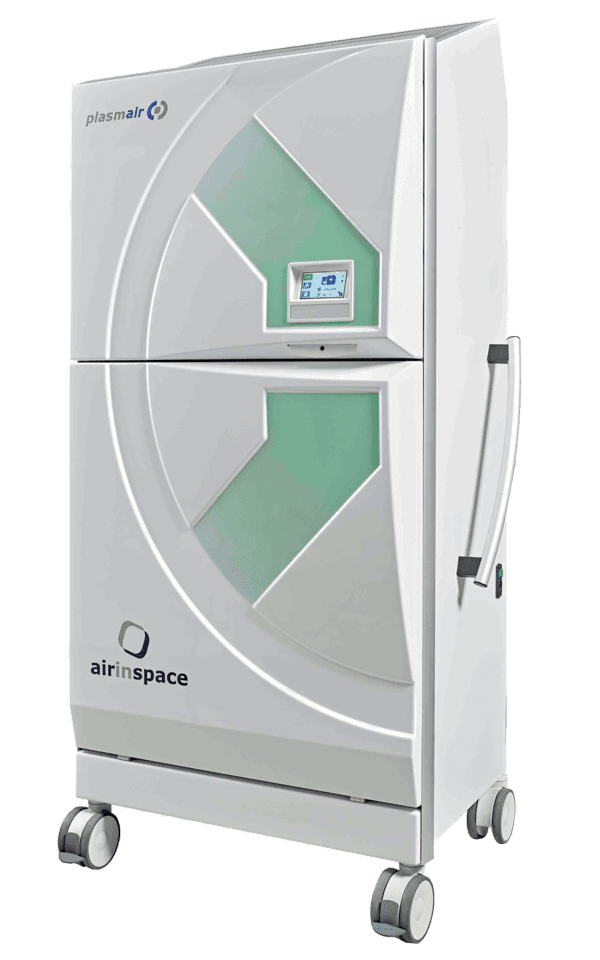
High-capacity HEPA-MD® mobile air decontamination unit
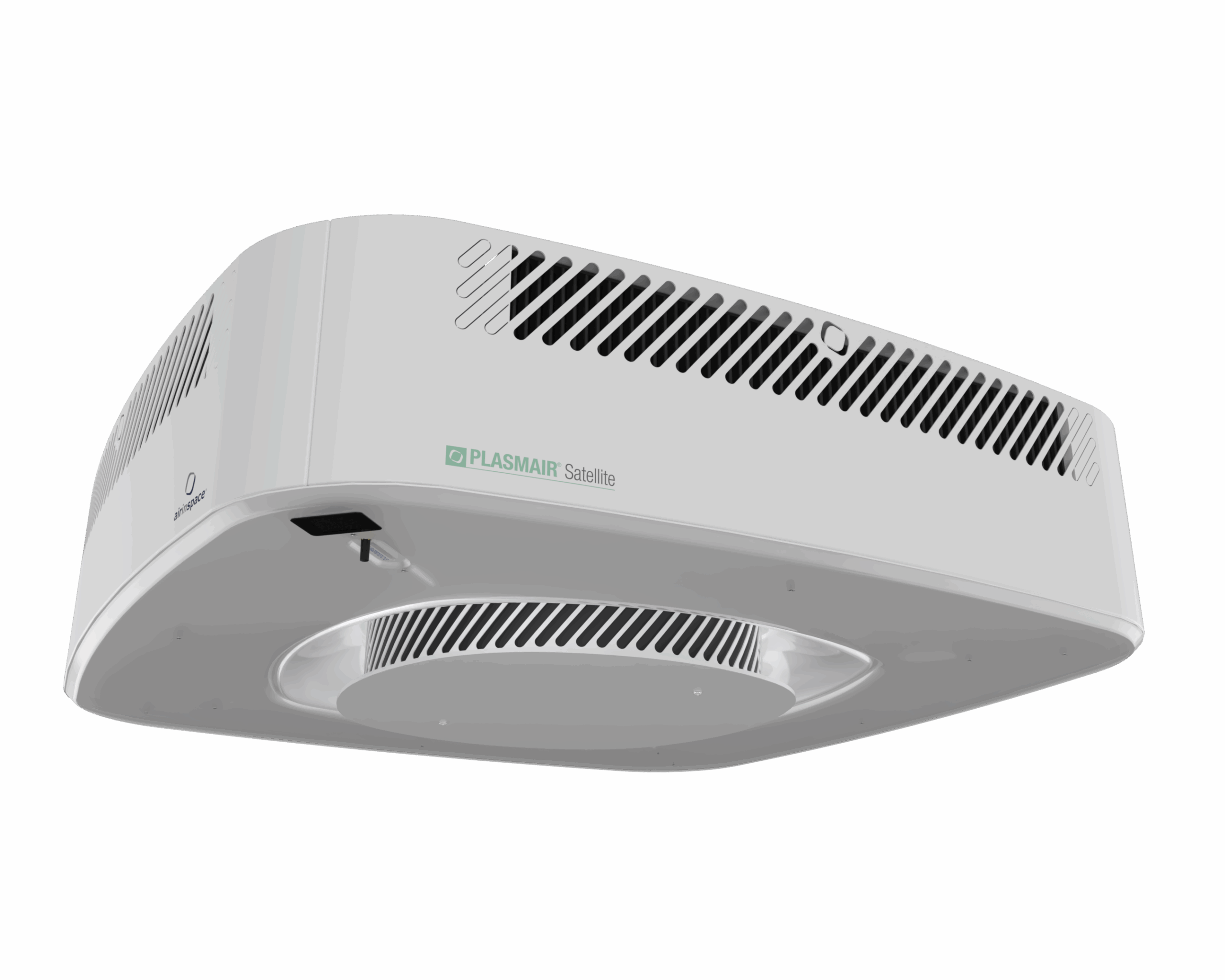
Zero-footprint HEPA-MD® fixed air decontamination unit
